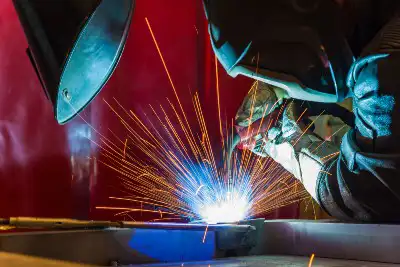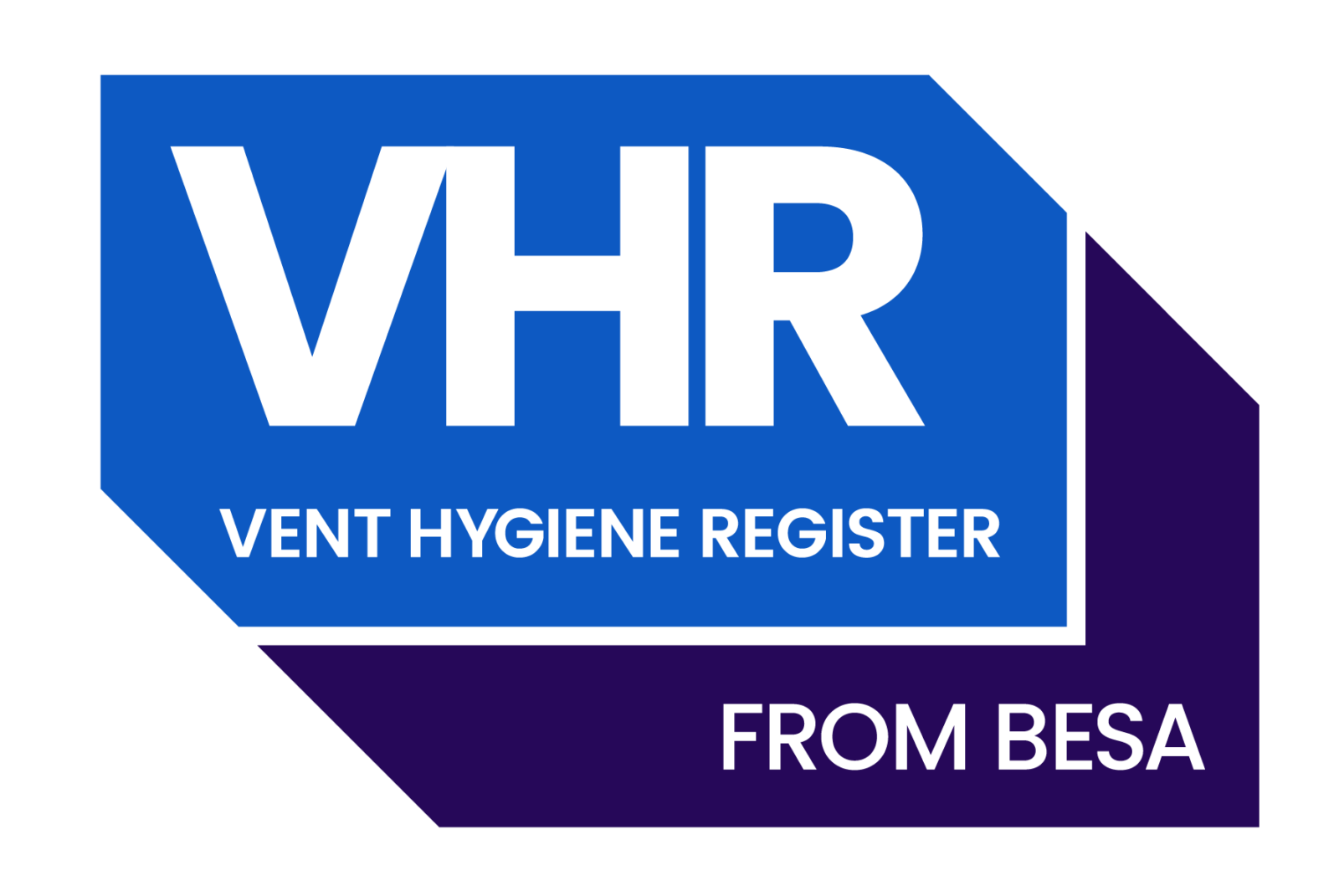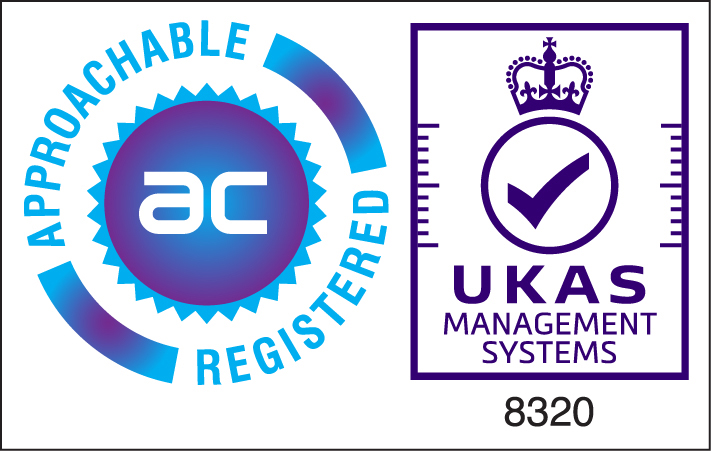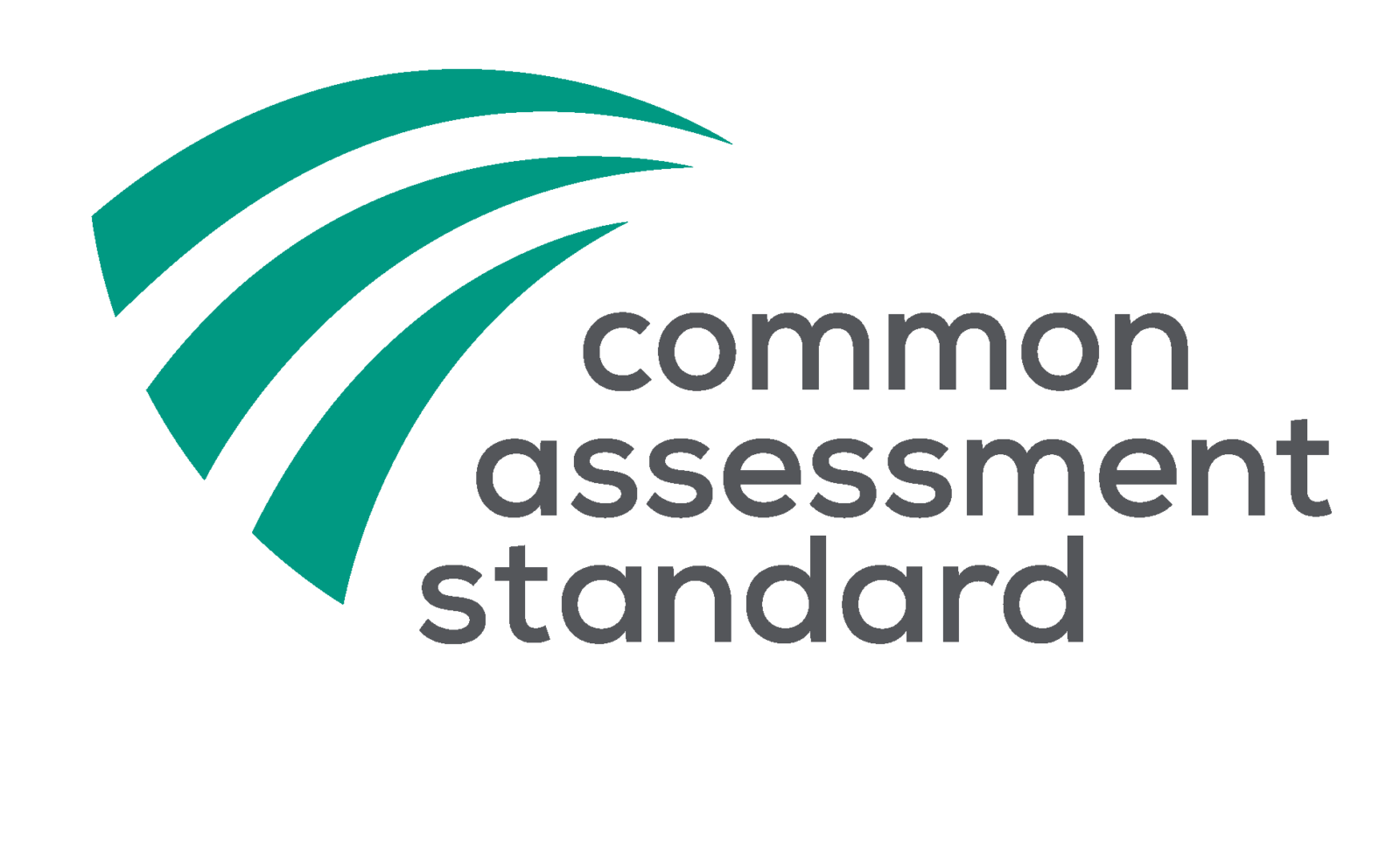LEV testing is very important, but what is LEV testing exactly? This guide explains everything you need to know about LEV testing.
Looking at the calendar, you realise that it’s time to schedule your LEV test. You start asking yourself if you could maybe put it off for a bit and with a busy schedule, it is easy to wait till the last second but it’s imperative that you don’t. Under COSSH law your LEV systems require continuity of certification so putting this in your calendar for every 14 months could result in the working area being shut down until you can find an assessment engineer. Our experts within VSS recommend setting up a reminder every 12 months to prevent any work areas having to shut down.
LEV testing is essential for reducing the risk of human exposure to anything harmful in the air and environment. There are also certain laws that you are required to follow regarding LEV testing.
This guide explains everything you need to know about LEV testing. Why it is so important and all the other details that you need to understand.
The Importance
Safety is the biggest concern if you are managing and overseeing a building with an LEV unit. It becomes your job to ensure the environment is adequately safe and to do that, you need proper indoor air quality testing.
LEV stands for local exhaust ventilation. This test ensures that hazardous airborne substances are at a safe level in a building. By keeping levels within normal exposure limits you dramatically reduce the risk of poor air quality in the building.
HSE stands for Health, Safety, and Environment – did you know that they make random visits to workplaces every day in the UK?
Random checks began in 1974, when the Health and Safety at Work act mandated that the LEV needs consistent monitoring and maintenance and that machines must be in pristine working condition at all times.
Complying with LEV testing is important because it;
- Prevents heavy fines
- Ensures you are following government regulations
- Helps to continuously protect the people who occupy the building
Something else to consider, because LEV testing tells you exactly what is wrong with your machines, you can save yourself a lot of money down the line. Keep up with regular maintenance and avoid needing to fix big costly problems.
Understanding The Different Types of LEV
There are many types of LEV equipment. A properly designed LEV system is designed to collect contaminated air, contain dirty air, and clean the air to remove any harmful contaminants.
You need to make sure that the type of LEV equipment you use is designed to fulfil the needs of your specific building.
- Fixed capturing hoods are one option. These hoods are often used for fixed-location jobs.
- Movable capturing hoods are used to make sure that that the extraction unit is as close to the source as possible.
- Small booths are mostly used on small spray painting jobs. A job where this could be widespread particles entering the air.
- Walk-in booths are for large-scale jobs. This could be something like factory production lines.
- On-tool extraction is something that attaches to the equipment. So you might find one attached to a soldering iron, sanding or carpentry tool.
You must seek professional advice and get a solution that meets the regulations for your specific building and job.
What Does LEV Testing Involve?
LEV testing includes testing the condition of the entire system, the design of the system, and the performance. Once the test is complete you will know whether or not your system is adequate and the control of hazardous substances is under control.
At the end of the testing, you will receive a report that lists any defects or necessary changes that need to be made. This might require a re-check to ensure that the necessary changes were made. The retesting ensures that the building stays protected and safe.
The report will also list maintenance repairs that need making. You will have short-term, medium-term, and long-term areas of importance. You should get short-term needs fixed as soon as possible.
The HSE has guide books and detailed descriptions of how to go about buying LEV equipment, and what the testing involves.
Once the Testing is Complete
A dated label gets put on all LEV hoods that receive testing. This way, any supervisor or operator will be able to see the status of the equipment. It will also make testing more efficient in the future.
If your LEV equipment fails the test completely, the examiner will place a red label on the equipment. HSE guidelines state that a red label needs to be placed there to ensure that everyone is properly informed of the failed status.
The Legal Requirements To Meet
All companies must comply with COSHH regulations and guidelines. COSHH stands for Control of Substances Hazardous to Health. COSHH Regulation 9.1 states that every employer with an LEV needs to maintain the equipment and make sure it is in working order.
There is also regulation 9.2 that states that when an engineered control has been used, an employer is required to assess the controls and get them tested. Once the controls get tested those records must be kept for a minimum of 5 years.
Regulation 9.2 also states that thorough testing is mandatory every 14 months. LEV testing will involve a complete inspection of any extraction equipment. This can include ducts, hoods, and filters.
According to the COSHH, in some circumstances it may be that there is more testing that needs to happen at more regular frequencies. If the LEV systems are meant to handle substances that are carcinogenic or cause asthma, the frequency of testing will increase. The testing could happen as often as every 6 months.
Make Sure You Are Staying Safe
LEV testing is one of the most important safety precautions that you can take to ensure the health of the people around you. Making sure that the machines are in working condition should be your first priority.
If you are looking for a company that can complete your duct cleaning, air ventilation, and systems services, look no further. Ventilation Surveys and Services is the UK’s leading duct cleaning company and also provides indoor air quality testing and local exhaust ventilation (LEV) testing.
All of the engineers are BESA qualified and ready to help you. Come enquire about our services today!












